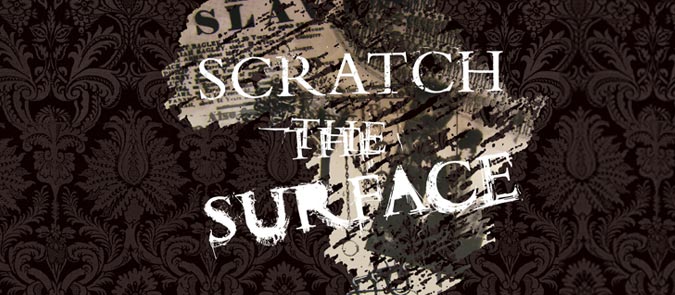Britain's involvement in the slave trade started when Elizabethan adventurer John Hawkins made a voyage to the coast of Sierra Leone, West Africa in 1562 with 100 men and three ships. While there, he kidnapped 300 people, sailed to the Caribbean and sold them to Spanish settlers.
Over the subsequent centuries, many people made their fortunes in the slave trade and related businesses such as banking, manufacturing and shipbuilding. These merchants commissioned paintings and collected art to show off their wealth and impress the traditional elite in the 18th century.
This exhibition examined the role that the slave trade played in the lives of two people featured in portraits in our collection: Zoffany's portrait of 'Mrs Oswald' and Sir Joshua Reynolds's 'Colonel Tarleton'.
Colonel Tarleton, as MP for Liverpool in the 1790s, argued very strongly in Parliament against the abolition of the trade. Mrs Oswald, along with her husband Richard Oswald, owed part of their wealth to a number of plantations in the Americas. The painting of Mrs Oswald was bought by the Gallery in 1938, while the Tarleton portrait was bequeathed to the Gallery by one of his descendants in the early 1950s.
As part of the exhibition, 2004 Turner Prize nominee, Yinka Shonibare MBE, was invited to create a new installation in response to these two portraits. This stunning new work went on display in the Barry Rooms.
'Scratch the Surface' is part of a range of activities and events that the National Gallery took part in commemorate the 200th anniversary of the 1807 Act to abolish the British trade in African people. Although the Act did not end slavery itself, it was the first attempt by the British to legally bring the trade to a close.
Supported by:


